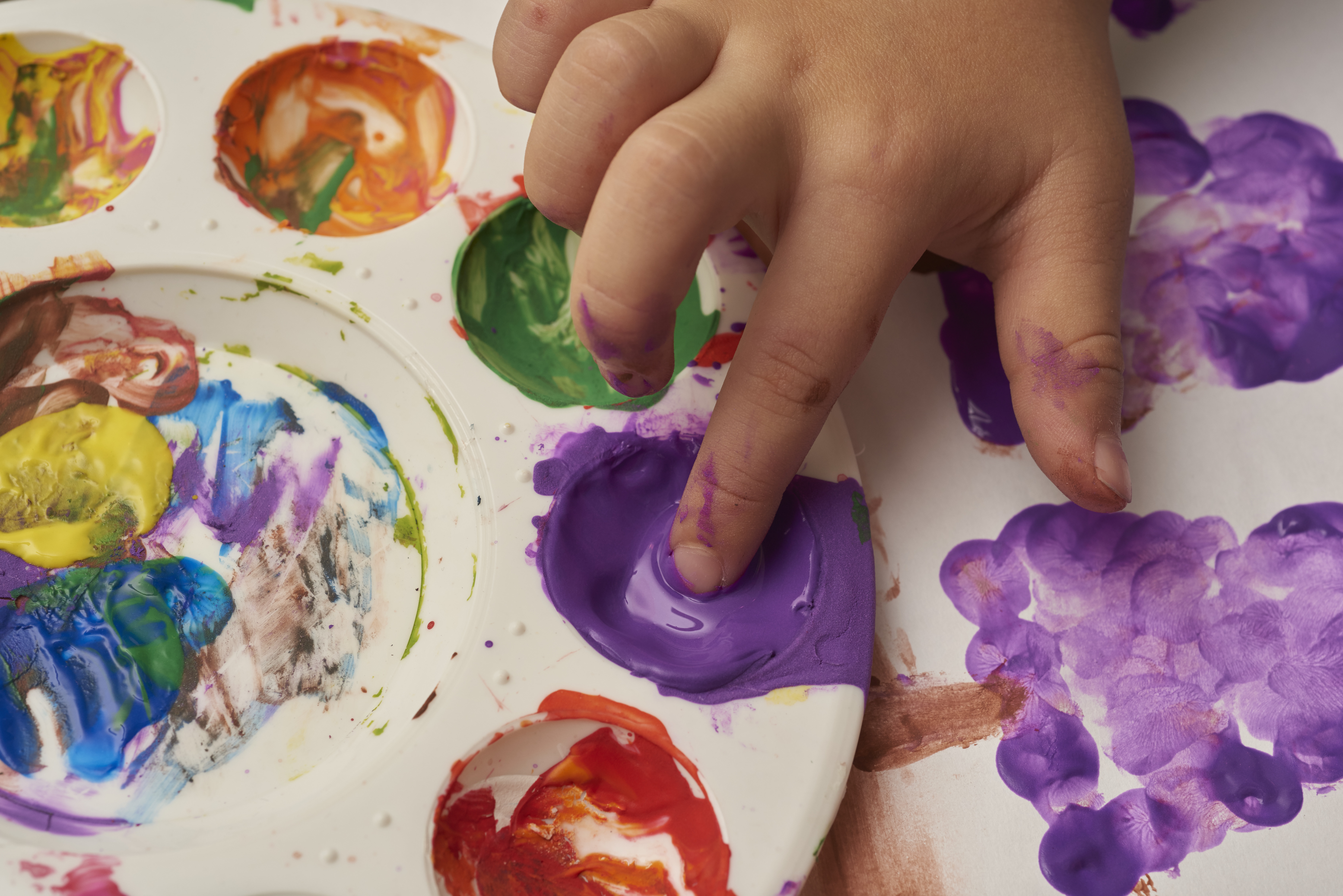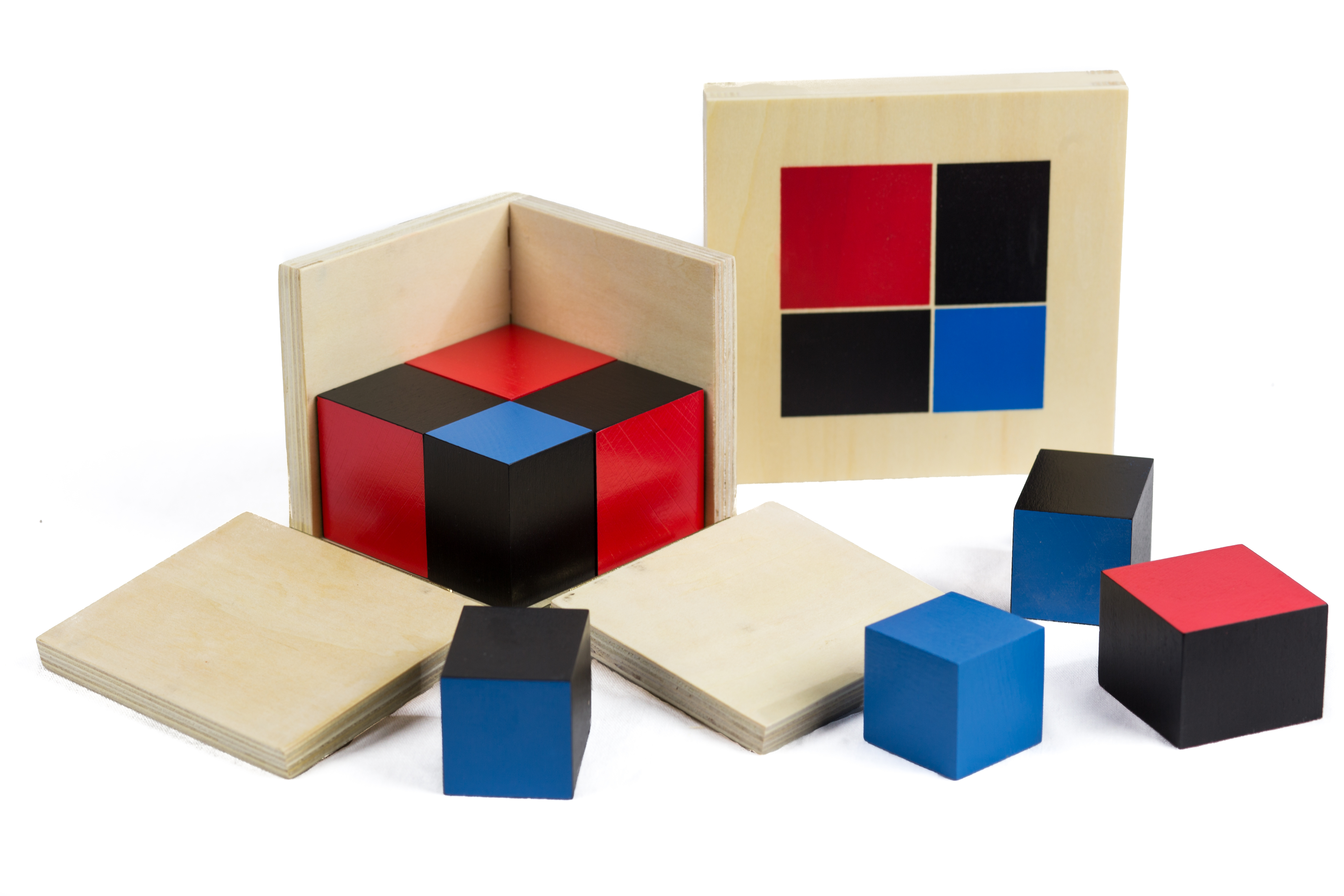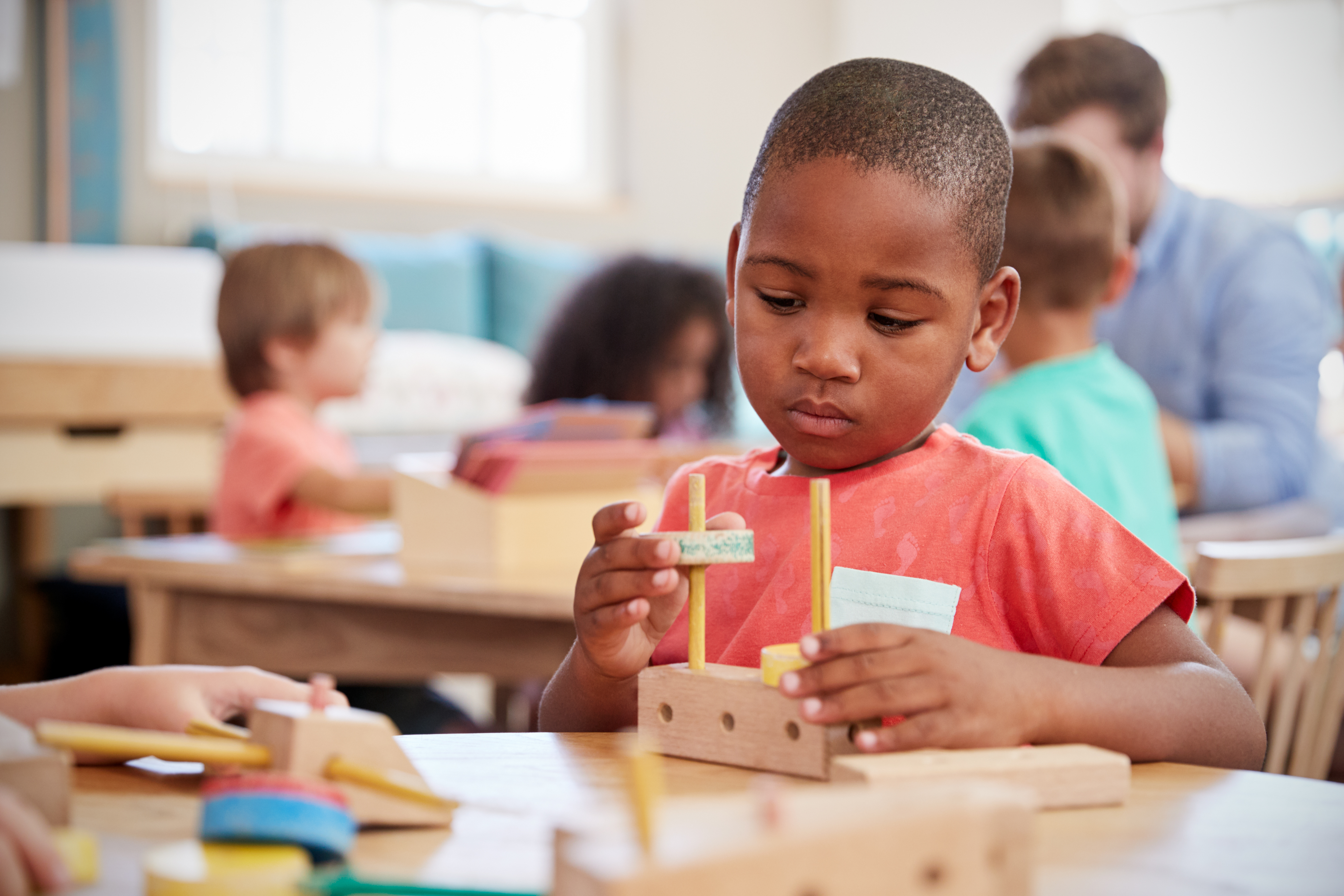Your current selected city is Hyderabad

Hyderabad

Bengaluru

Vizag

Chennai

Mumbai

Kolkata

Delhi

Pune

Noida

Gurugram

Faridabad

Online Schools

Boarding Schools
View All CitiesHide All Cities
Other Cities
Dehradun
Varanasi
Panchgani
Coimbatore
Bhubaneswar
Nainital
Jabalpur
Udupi
Indore
Darjeeling
Ghaziabad
Raipur
Patna
Sikar
Mussoorie
Solan
Shimla
Ranchi
Sonipat
Surat
Siliguri
Lucknow
Mysore
Jhunjhunu
Mumbai
Jaipur
Jodhpur
Guwahati
Ooty
Alwar
Pathankot
Bhopal
Sirsa
Aurangabad
Tirupati
Ahmedabad
Kollam
Kodagu
Trichy
Erode
Warangal
Ajmer
Gwalior
Rohtak
Nilgiris
Mohali
Itanagar
Sonepat
Ernakulam
Nagaur
Sri Ganganagar
Vellore
Rajkot
Vijayawada
Jalpaiguri
Tirunelveli
Chandigarh
Navi Mumbai
Jamshedpur
Delhi
Madurai
Kota
Bangalore
Kanpur
Kolkata
Schools 6717
7 things you did not know about Montessori education
Table of Contents
Regular schools: This is an apple. Montessori schools: It is red in color & round in shape. It is smooth to touch. It tastes sweet & juicy. It makes a crunching noise when eaten. It smells sweet. It is an apple. India is home to hundreds of Montessori schools out of which a majority are located in South India. Yet, Montessori learning, despite being extremely popular, usually causes confusion in parents’ minds mainly because it is not a regular curriculum. This confusion, along with lack of information, has led to many parents questioning how good this form of learning is. In this article, we shall speak about Montessori learning and a few things about it that you ought to but may not know.



History of Montessori learning
Dr. Maria Montessori introduced Montessori learning in India in 1939 when she was forced to stay in the country during World War II. She conducted training sessions even during war and, with the help of her representatives, she spread it far and wide. Today, hundreds of Montessori schools in the country follow the principles she initially laid out.A brief about Montessori learning
This form of learning has proven to be extremely effective because it engages children and truly helps them experience every concept. Whether it is something as simple as learning that the round, red fruit is called an apple or that E=MC2, sensory learning comes into play. This is one of the most interesting aspects of learning. Now, how do children benefit from it? They learn faster and they learn better. In other words, they retain their concepts well and that is why, on an average, Montessori students do better than children learning through other modes of education and curricula.
7 things you didn’t know about Montessori learning
Now, let’s delve deeper into the subject and discover a few unique aspects of this type of education. Be prepared to be awed!Classrooms are usually round-shaped
According to the principles of Montessori education, classrooms must be round shaped. This is to enable teachers (referred to as guides) to have a 360-degree view of all the children while they are engaged in various activities. Also, teachers don’t stand behind their desk and deliver instructions like in conventional schools. They are very much a part of the activities themselves!The teaching tools are specifically designed for sensory engagement
Dr. Maria Montessori designed what are popularly called sensorial materials. This is to enable children to learn through sensory engagement, as mentioned earlier. Cylinder blocks, red rods, and the pink tower are a few examples of these teaching tools & equipment.
There are no grades - Only age groups.
This form of education totally shuns the concept of dividing children based on age. In fact, classrooms usually have a healthy mix of older and younger kids. This practice helps them learn from their peers, which has been found to be one of the most impactful ways of learning.Children learn through mastery
Children decide their own lessons and move to the next once they master them. They learn from hands-on activities without the fear of performing well for letter grades and marks. Such as stress-free environment boosts confidence and gives children the freedom to learn at their own pace.









